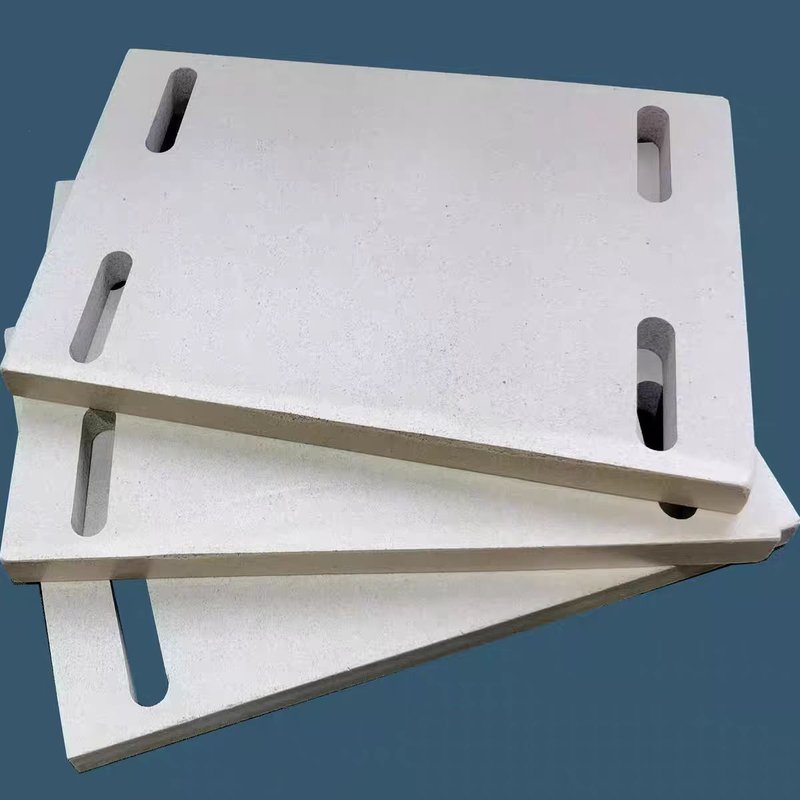Ultra-Density Rigid Polyurethane Insulation Block: The High-Strength Invisible Guardian in Modern Construction
2025-03-14
Polyurethane insulation block
Ultra-density rigid polyurethane insulation blocks deliver unmatched compressive strength, ultra-low thermal conductivity, and near-zero moisture permeability—transforming industrial, civil, and cold-chain construction worldwide.
1. Material Revolution: Breaking the Density Barrier
This innovative material redefines performance benchmarks for insulation solutions. Its 600 kg/m³ density supports robust structural applications, while the 1000+ psi compressive strength ensures long-term stability in high-demand scenarios. The ultra-low thermal conductivity of 0.023 W/m·K minimizes heat transfer, and near-zero moisture permeability prevents water intrusion—addressing key pain points of traditional insulation materials.
2. Eight Disruptive Application Scenarios
2.1 Industrial Building Structural Revolution
In the Shanghai Tower, 300 mm thick PU blocks were applied to steel structure column bases, reducing the thermal bridge effect by 92% and cutting annual energy costs by $1.2 million. For Dubai’s Burj Khalifa, the material forms the curtain wall load-bearing system, supporting 2.5 tons per square meter with a U-value of ≤ 0.15 W/m²·K.
2.2 Cold Chain Logistics Innovation
JD Asia No.1 Cold Storage adopted a 150 mm thick ground anti-freeze system using the material, achieving temperature stability of ±0.5 °C and 37% energy savings. The pipeline support system features gradient density design—with 80 Shore D hardness at contact points and 50 Shore A at non-contact areas—balancing load-bearing capacity and flexibility.
2.3 Civil Building Upgrades
Germany’s Weineng Plan integrated the PU insulation with graphene heating and phase change storage for underfloor heating renovations. This combination boosted heating speed by 60% and reduced heat loss by 8%, enhancing comfort and energy efficiency in residential buildings.
3. Global Certification & Standards
The material meets rigorous international and national standards. It complies with EN 826 and ASTM D1621 for mechanical properties, BS 476-7 Class 0 and GB 8624 Class A for fire safety, and LEED v4.1 and BREEAM Outstanding for environmental performance. In China, it adheres to JG/T 536-2017 (PU insulation composite board) and GB/T 21558-2021 (Rigid PU foam for buildings).
4. Market Outlook
The global market for ultra-density PU insulation reached $8.2 billion in 2023, with a compound annual growth rate (CAGR) of 8.7% projected through 2030 (Grand View Research). Policy support drives adoption: the EU’s EPBD 2023 mandates A-grade insulation for new buildings, while China’s 14th Five-Year Plan targets 30% ultra-low energy buildings by 2025.
5. Future Technology Roadmap
The material’s evolution continues with a clear roadmap: 2024 will see the development of self-repairing PU (currently in BASF’s lab stage); 2026 will bring PV-integrated insulation blocks through a partnership with Longi; and 2028 will introduce phase-change energy storage systems based on Tsinghua University’s patent.
Adopted in the 2024 renovation of Singapore’s Sands Hotel, ultra-density nano-reinforced PU insulation is ushering in a new era of construction—one where structural integrity and thermal efficiency converge at unprecedented scales.
LATEST NEWS
Why Does Metal Feel Cold and Wood Feel Warm at the Same Room Temperature? Unveiling the Magic of Thermal Conductivity!
2025-11-20
Innovative Aerogel Pipe Insulation Boosting Efficiency in Energy Industries
2025-11-17
Ordering and Specification Guidance for Aerogel Sheet and Pipe Insulation Products
2025-11-17
Luminescent Concrete Transforms Global Architecture with Light and Design Freedom
2025-11-13
Aerogel: The Ultralight Revolution – Transforming Industries with Unmatched Versatility
2025-11-11

